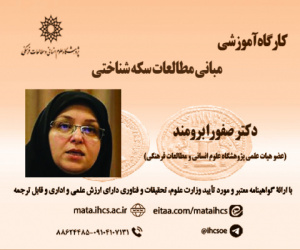Transformation in Global Geostrategic Realms: From Maritime Order Fragmentation to Continental Order Transition (مقاله علمی وزارت علوم)
درجه علمی: نشریه علمی (وزارت علوم)
آرشیو
چکیده
Geostrategic realms refer to large-scale spatial zones on the Earth shaped by the rivalry among major global powers, forming extensive blocs of confrontation. These realms are structured through a combination of political, cultural, economic, social, military, security, commercial, technological, and media-related factors or a subset thereof and are typically led by a dominant actor assuming a guiding role. At the global level, two primary realms can currently be identified: the maritime realm and the continental realm. Transformations within geostrategic realms are infrequent and evolve over the long term, as dominant powers strive to preserve their superiority and stability by leveraging the aforementioned variables. In the aftermath of Russia’s invasion of Ukraine, which intensified cohesion among maritime powers, a new geopolitical window has opened for China to strengthen its position within the continental realm. Moreover, the rise of Donald Trump as President of the United States and the resulting transatlantic tensions over the Ukraine war present the potential for reshaping the global geostrategic landscape. This study investigates these emerging fractures and examines the prospects for realignment among global realms and the rise of new strategic actors. It analyzes geostrategic configurations through the lens of prominent geopolitical theories and interprets the shifting dynamics between the maritime and continental realms in the current global context. The research is primarily based on library and documentary sources and follows a descriptive-analytical methodology.Transformation in Global Geostrategic Realms: From Maritime Order Fragmentation to Continental Order Transition
Geostrategic realms refer to large-scale spatial zones on the Earth shaped by the rivalry among major global powers, forming extensive blocs of confrontation. These realms are structured through a combination of political, cultural, economic, social, military, security, commercial, technological, and media-related factors or a subset thereof and are typically led by a dominant actor assuming a guiding role. At the global level, two primary realms can currently be identified: the maritime realm and the continental realm.
Transformations within geostrategic realms are infrequent and evolve over the long term, as dominant powers strive to preserve their superiority and stability by leveraging the aforementioned variables. In the aftermath of Russia’s invasion of Ukraine, which intensified cohesion among maritime powers, a new geopolitical window has opened for China to strengthen its position within the continental realm. Moreover, the rise of Donald Trump as President of the United States and the resulting transatlantic tensions over the Ukraine war present the potential for reshaping the global geostrategic landscape.
This study investigates these emerging fractures and examines the prospects for realignment among global realms and the rise of new strategic actors. It analyzes geostrategic configurations through the lens of prominent geopolitical theories and interprets the shifting dynamics between the maritime and continental realms in the current global context. The research is primarily based on library and documentary sources and follows a descriptive-analytical methodology.









